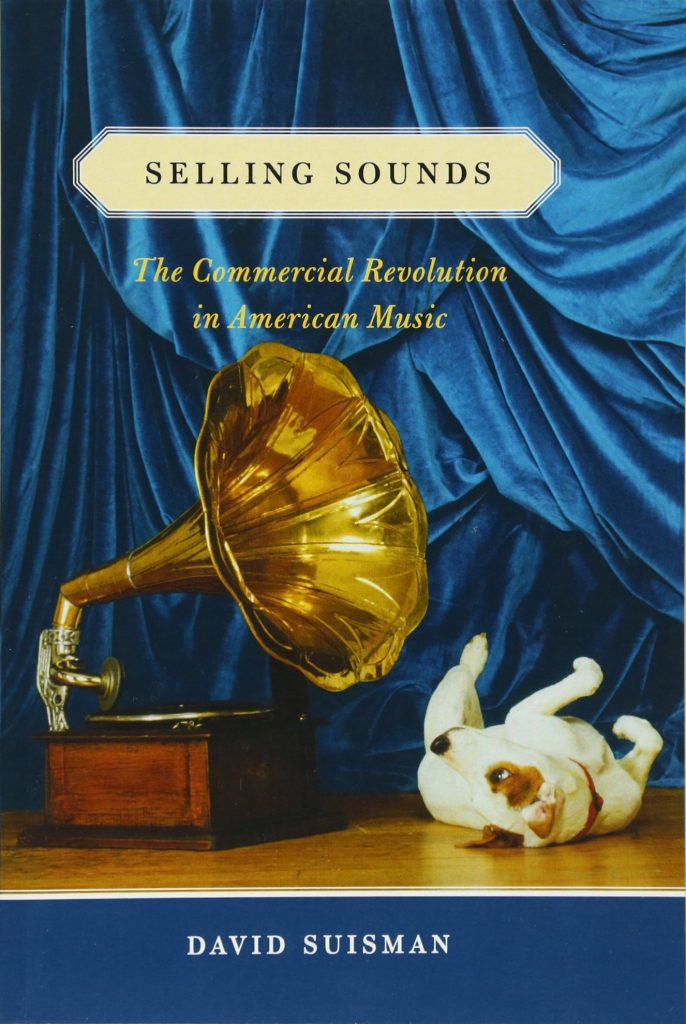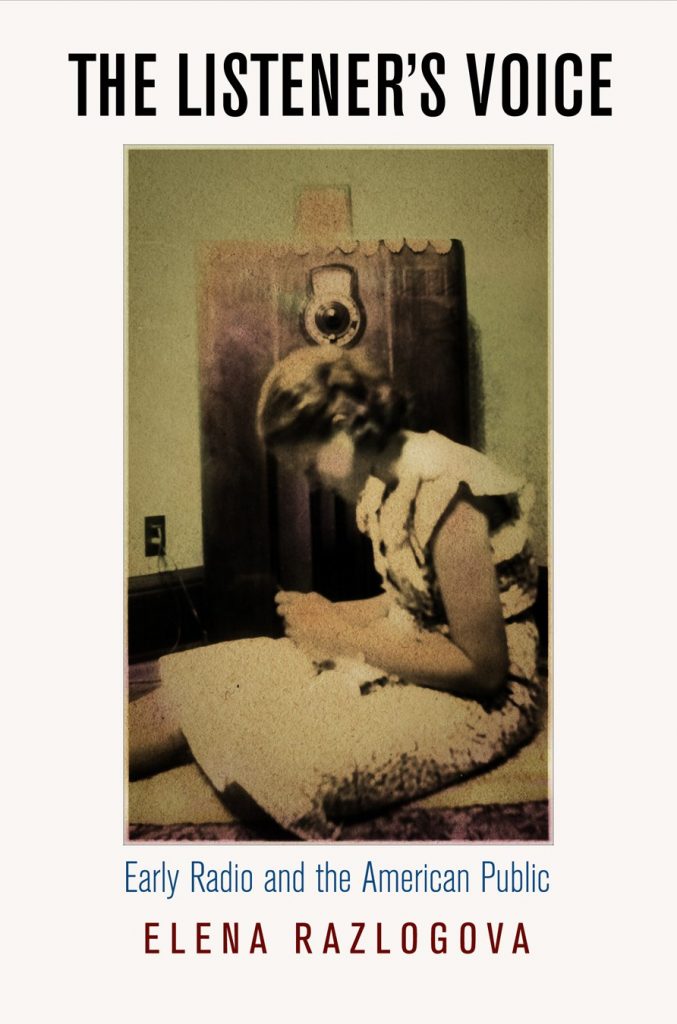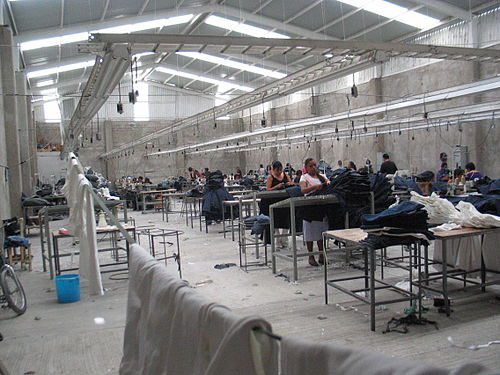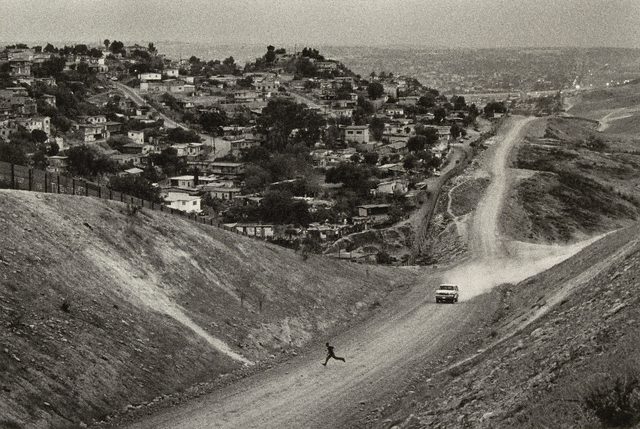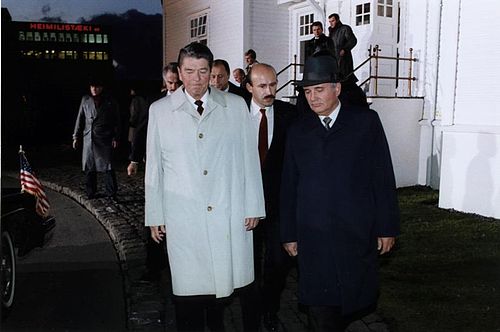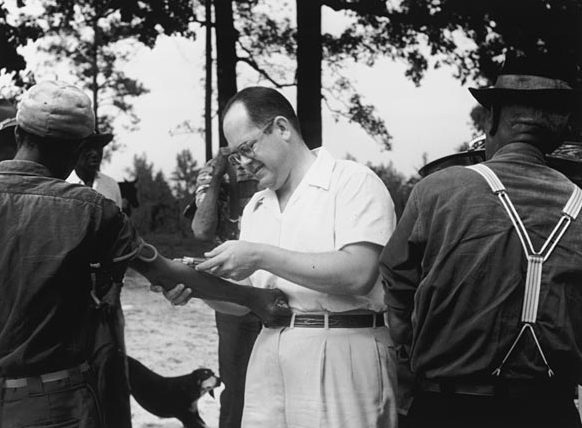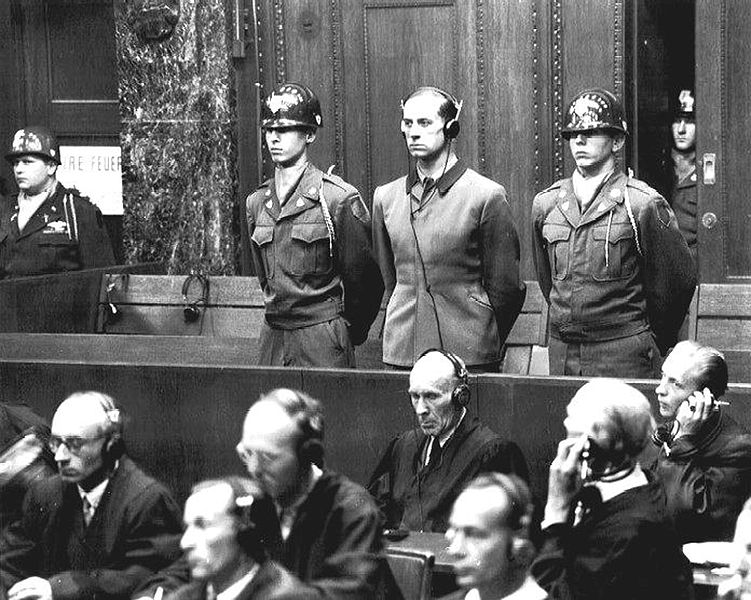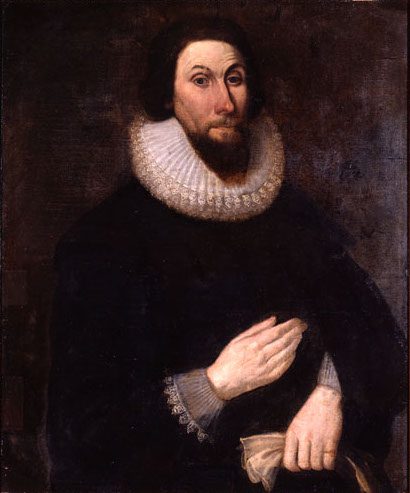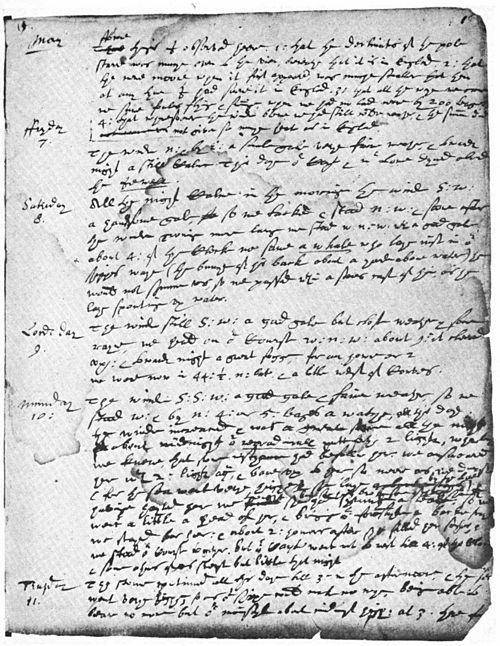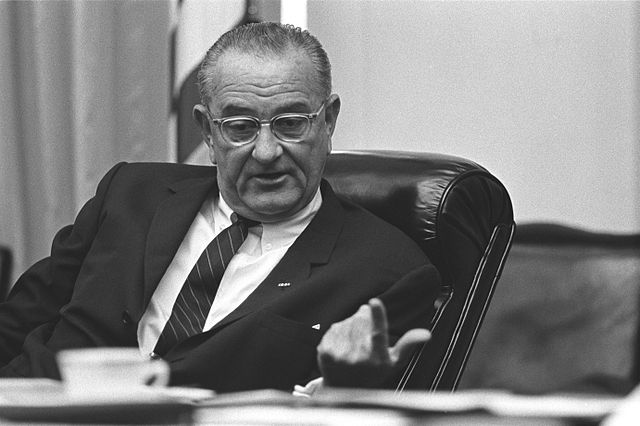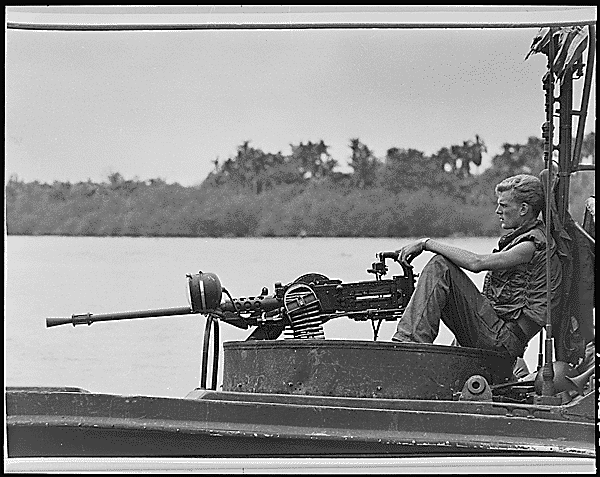by Jonathan Hunt
The recent assassination of Mostafa Ahmadi Roshan, an Iranian nuclear scientist and the deputy director of the enrichment site at Natanz, has underscored that a covert war against Iran’s nuclear program is underway. At the end of January 2012, Iranian officials will meet with representatives of the International Atomic Energy Agency (IAEA). As the international community scrambles to stop a nuclear-armed Iran from adding more fuel to the powder keg of Middle Eastern geopolitics, it is vital that contrasting understandings of the international nuclear nonproliferation regime among nations, particularly the purpose of the Nuclear Non-Proliferation Treaty administered by the IAEA, be acknowledged and resolved.
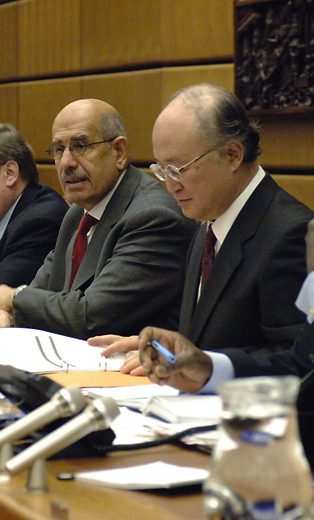 Mohamed El-Baradei, former director and Yukiya Amano, current director of the IAEA
Mohamed El-Baradei, former director and Yukiya Amano, current director of the IAEA
“God Bless the IAEA,” read an editorial in Le Monde on November 9, 2011, the day after the IAEA issued a report expressing serious concerns that “Iran has carried out … activities that are relevant to the development of a nuclear explosive device.” The response from Moscow had a different tone, with the Russian foreign ministry (echoing Russian Prime Minister and once-and-future president, Vladimir Putin) declaring the report “biased” and “purposely twisted,” by pressure from the U.S. and the EU. President Mahmoud Ahmaninejad of Iran was blunter, demanding to know why Yukiya Amano, the IAEA director general, had allowed U.S. “bullying” to shape the agency’s conclusions.
In the United States, international organizations are something of a four-letter word. The case of the United Nations is exemplary. It is frequently denigrated in U.S. media and politics as a haven for despots, a forum for anti-Americanism, and a graveyard for U.S. initiatives. The criticisms leveled at the IAEA were similar in 2003 when the U.S. argued that an Iraqi attempt to obtain weapons of mass destruction and medium-range missiles was a casus belli, and tried to assemble an international coalition to depose Saddam Hussein. When Secretary of Defense Colin Powell brandished U.S. intelligence before the UN General Assembly he described as the smoking gun of Iraqi nuclear ambitions, the IAEA warned that, in actuality, there was little to no evidence of an Iraqi nuclear program with a military object. In hindsight, their verdict was as accurate as it was disregarded by an American society at the height of its power and hubris.
Today, U.S. and European officials present the IAEA as an irrefutable source. In part, this is because Yukiya Amano is widely seen as a more dependable ally of the West than Mohamed El Baradei, the Egyptian statesman who served as the agency’s director general from 1997 to 2009. The international community saw El Baradei as an honest broker. But recent revelations have indicated that Amano is more responsive to U.S. interests. A U.S. Department of State cable disclosed by WikiLeaks shows U.S. officials describing Amano as “director general of all states, but in agreement with us.” Republicans have cited the IAEA report as proof of the Islamic Republic of Iran’s nefarious intentions. The GOP’s presidential frontrunner, Mitt Romney, has gone so far as to state that progress made by Iran’s nuclear program is President Obama’s “greatest failing … [in] foreign policy,” and, that if Obama were reelected, Iran would become the world’s ninth nuclear power.
In reality, however, the November 8, 2011 report overstepped the IAEA’s constitutional mandate and relies on stale evidence that fails to substantiate the agency’s concerns. As the leading U.S. authority on the legal history of the IAEA and the Nuclear Non-Proliferation Treaty (NPT), Daniel Joyner, has pointed out in the legal blog Jurist:
“The IAEA is given no authority to inquire into or to examine activities within Iran that are not directly related to fissile materials, even if they may possibly relate to the development of a nuclear explosive device. Again, the IAEA has a limited legal mandate that does not include being a general nuclear weapons watchdog.”
Seymour Hersh, the Pulitzer-prize winning investigative journalist who has followed the story for The New Yorker magazine, asked Robert Kelley, a former IAEA director and a nuclear engineer with decades of experience, about the report’s evidentiary basis. He observed that the information used by the IAEA to support its extra-legal “concerns” was chiefly taken from a single laptop of questionable origins. He also picked holes in the revelatory nature of the findings. The substance of the report, in his words, was “old news,” and he wondered “why this same stuff is now considered ‘new information’ by the same reporters.”
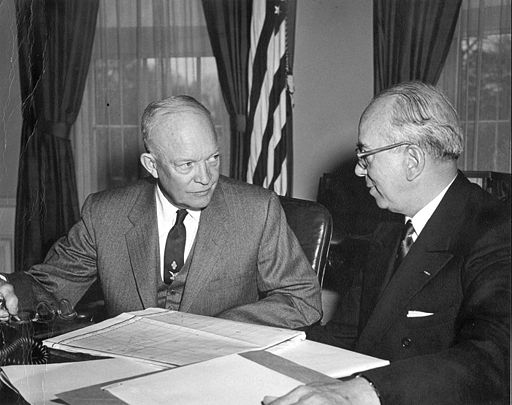 This institutional overreach is damaging the agency’s reputation as an independent and impartial regulator. The IAEA was the brainchild of U.S. President Dwight D. Eisenhower, who announced in 1953 the creation of an agency that would ensure that “fissionable material would be allocated to serve the peaceful pursuits of mankind.” Amid the push-button fear of the early Cold War, U.S. policymakers wanted Atoms for Peace (as the proposal was famously dubbed) to showcase the socioeconomic benefits of applying nuclear science and technology to energy production, agriculture, and medicine. The hidden agenda, however, was to justify the country’s mounting investment in its nuclear-weapon complex. In the Kennedy and Johnson years, the IAEA safeguard regime designed to keep fissile nuclear materials (uranium and plutonium) from being put to military use was folded into the international nuclear nonproliferation regime with the NPT and the IAEA at its heart.
This institutional overreach is damaging the agency’s reputation as an independent and impartial regulator. The IAEA was the brainchild of U.S. President Dwight D. Eisenhower, who announced in 1953 the creation of an agency that would ensure that “fissionable material would be allocated to serve the peaceful pursuits of mankind.” Amid the push-button fear of the early Cold War, U.S. policymakers wanted Atoms for Peace (as the proposal was famously dubbed) to showcase the socioeconomic benefits of applying nuclear science and technology to energy production, agriculture, and medicine. The hidden agenda, however, was to justify the country’s mounting investment in its nuclear-weapon complex. In the Kennedy and Johnson years, the IAEA safeguard regime designed to keep fissile nuclear materials (uranium and plutonium) from being put to military use was folded into the international nuclear nonproliferation regime with the NPT and the IAEA at its heart.
This focus on fissile nuclear materials has meant that research and technical activities to develop the practical knowledge and equipment necessary to construct a nuclear warhead lie beyond the agency’s ambit. The history of the NPT and IAEA demonstrate that the agency was not designed to be a nuclear “watchdog” supervising any and all research work relevant to nuclear weapons, but instead a “regulator” certifying that the fissile byproducts of peaceful nuclear energy were not used in a military program.
The public debate about Iran and the IAEA is marked by the divergent readings of the history and purpose of the nonproliferation regime. The United States regards the IAEA as a linchpin of a peaceful and progressive world under U.S. guardianship; China and Russia as a way to reinforce their special status as nuclear powers; Britain and France as a bulwark of international law and Western influence; and the developing countries of the G-77 as a discriminatory system that perpetuates a hierarchy of nuclear “haves” and “have-nots.” The controversial report has brought these clashing views into starker relief. As the U.S. and the EU rachet up economic sanctions and Iranian scientists continue to find themselves the targets of what appear to be covert assassinations, the IAEA will find it more and more difficult to act as a intermediary. The implications for peace in the Middle East, and the future of nuclear nonproliferation, could be grim.
Photos via Wikimedia Commons
